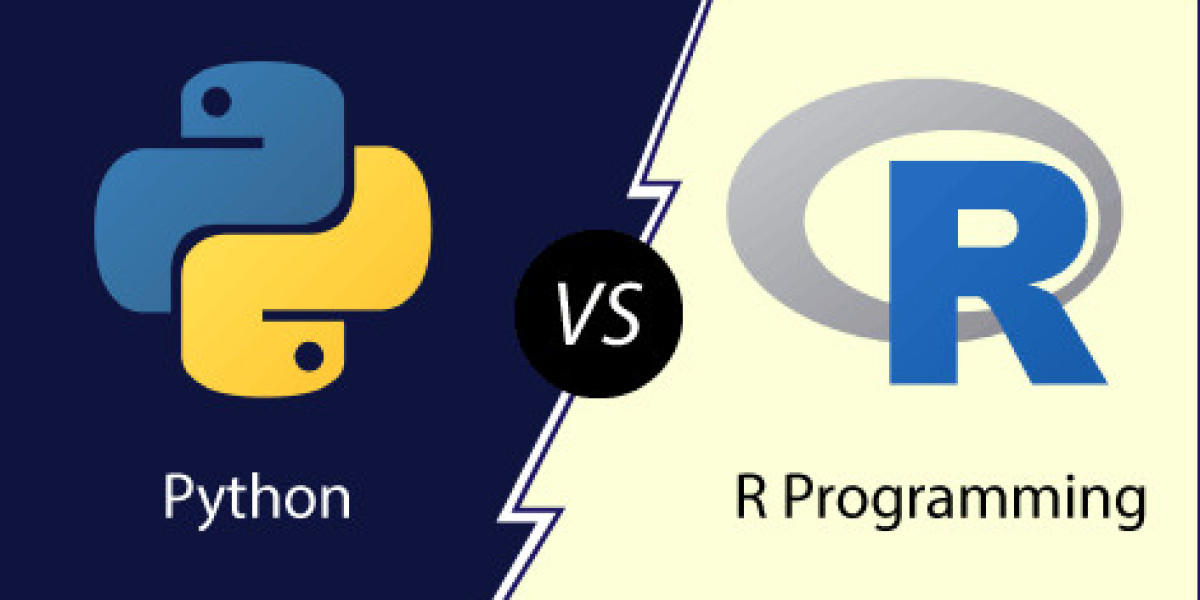Aspiring data scientists are often confused about whether they should go for Python or R as choosing the right programming language can feel like picking the right assistant for all your work. Python is an excellent and most popular programming language that is highly versatile and very easy to use whereas R has tremendous statistical power with great data visualization capabilities. But which one should you go for to begin with?
To be specific, there is no clear answer. Both are incredible data science and machine learning tools that have their own strengths and weaknesses. A lot of factors contribute to choosing the right one.
Let us explore their unique features and pros and cons that will help you make an informed decision on Python vs R.
Python: The most popular programming language
Whether you are looking to make a career in data science, web development, or software engineering, Python serves as a general-purpose language that has everything in its basket for the tech world. As per a survey by Stack Overflow Developer, it has been titled the “Most loved programming language” for the ninth year in a row. There are several reasons why it is so such as:
- Readability: It has clear syntax like natural languages. So, it becomes easy to learn, read and write, especially for beginners who have no prior coding experience.
- Versatile: It is not meant just for data science and machine learning. Python is widely used for web development, automation, software development, and more coding work. So, it is a valuable asset across various tech domains.
- Community Support: Python also boasts a vast and active community who are always ready to contribute through a plethora of powerful data science libraries. Pandas for data manipulation and analysis, NumPy for numerical computing, and Scikit-learn for machine learning can streamline complex tasks.
- Easy deployment: Python code can be easily packaged and deployed and therefore, they are ideal for building real-world applications.
Sounds fascinating, right? But everything is not good with Python as they also come with few limitations such as:
- Statistical Modelling: Though they can perform statistical tasks also, they lag behind R in this aspect.
- Data Visualization: Python also has some good data visualization libraries such as Matplotlib and Seaborn, however, R’s ggplot2 is the favorite tool for data scientists for this purpose.
R: Champion for Statistics
R has been specifically designed for statistical computing and graphics. In the academic and research world, it is the go-to programming language for everyone.
Let us look at some of the strengths of R:
- Statistical Capabilities: It has a huge collection of statistical packages for all types of analysis. So, whether you are looking to perform complex hypothesis testing, regression analysis, or a time series forecasting, R has you covered.
- Excellent for Data Visualization: ggplot2 library is what makes R a distinguished data science tool in the world of data visualization. It can create clear, informative, and visually appealing data visualizations very easily.
- Interactive analysis: R is also great for interactive data exploration. Its packages like Shiny help data science professionals to build interactive dashboards and web applications for real-time data exploration.
But before choosing this for your work, you must also consider its drawbacks, which are:
- It is difficult to learn as compared to Python especially for those having no prior programming experience.
- It mostly focuses on statistics and data analysis. Though it can be used for other works also, it is not as robust as Python.
- Deploying R applications is a very complex process and may require additional effort even though some solutions are available.
This sums up the strengths and weaknesses of both Python and R. With top data science certification programs, you can master these skills for your career in data science. Now which one to go for?
Choosing the right programming language
Now that you are clear about Python vs R, you must consider following points to choose the right one for you:
- Your background
For students and data science professionals with strong background in statistics or research, R can be a good fit. But if you are new to coding, you must go for Python.
- Your project requirement
This is an important point to consider. You should check if your project involves complex statistical modeling or requires stunning data visualization, then R is the choice. But if you are looking for a production-ready application, for example, Python will be best.
- Community and support
Though both Python and R have vast communities, Python has an advantage as it consists of a broader user base and may help you with online tutorials, forums, and other troubleshooting resources.
Conclusion
So, this is the complete guide on Python vs R. Ultimately, the best approach might be to learn both Python and R because they are unique in their own way, and they will be beneficial at some point of time in your data science career.
No matter which language you choose, you should remember that the most important factor is your dedication to learning and exploring the fascinating world of data science. So, start learning and keep growing.















